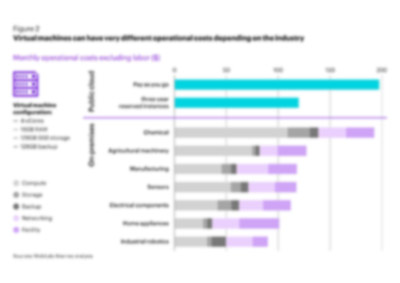Many companies struggle to get the value they had hoped for, going way over budget without seeing any measurable benefits. The best way forward is to refocus on the cloud’s advantages as well as its limitations and increase financial transparency.
Over the past decade, many organizations have moved much of their on-premises footprints to the public cloud to create cost flexibility, accelerate innovation, and unleash limitless horizontal and vertical scalability. For many, the public cloud symbolizes a modern, agile future—one where IT infrastructure no longer limits business growth, but instead helps transform traditional IT into product-centric IT.
Today, that promise feels more complicated. As of mid-2025, 83 percent of enterprise workloads reside in the cloud, a notable increase from 78 percent just a few years ago. But companies aren’t always getting the value they hoped for – going over budget with limited visible gains.
Together with Kearney, we explore how companies can optimize their Cloud footprint by taking a workload-centric view:
Assess the workloads. Elastic and scalable workloads thrive, while input/output-heavy or latency-sensitive ones may be better off on-premises.
Cost transparency is critical. Without a clear view of true on-premises costs, Cloud ROI comparisons fall apart.
Cloud requires a new operating model. Treating it like on-prem misses the pace of innovation and the economics it can offer.
We reveal how to:
- Optimize the Cloud footprint with a workload-first approach
- Quantify on-premises costs to enable transparent, fact-based decisions
- Avoid common pitfalls in cost allocation and data quality
- Build an optimized hybrid target state that balances performance and efficiency
